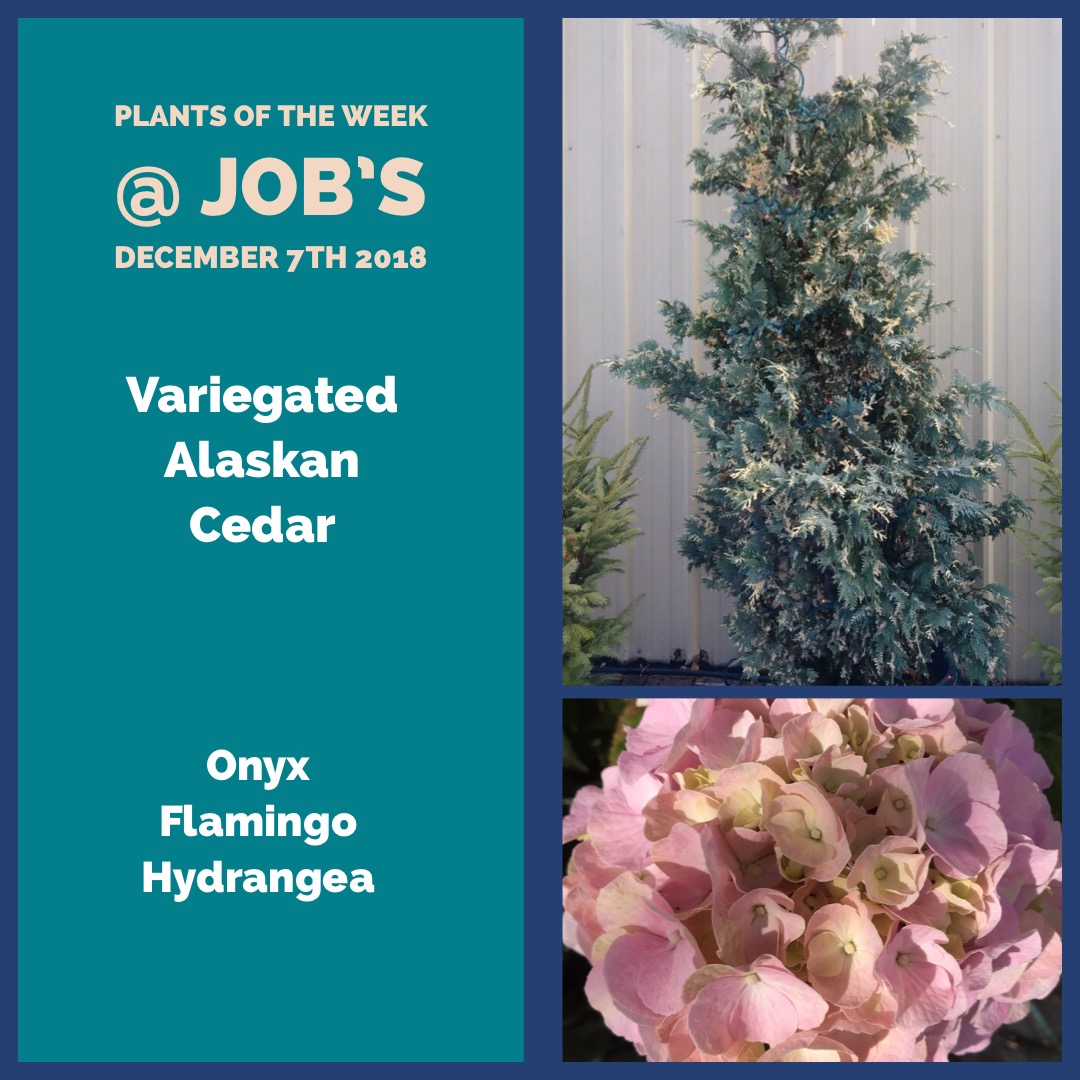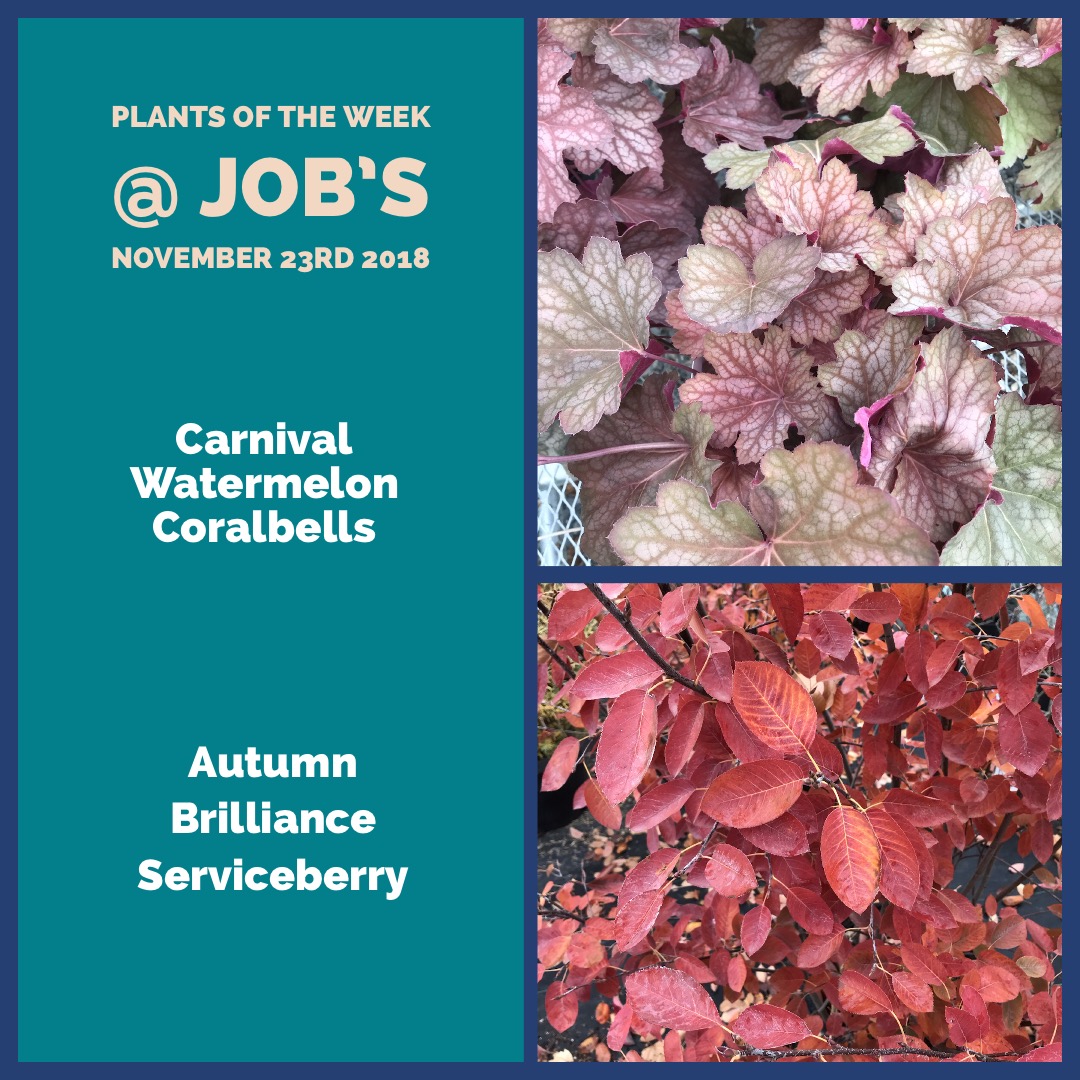Plant of the Week of March 9th 2020
This week’s featured plant is the Leonard Messel Magnolia just before flowering. As the flowers begin to swell in February they resemble a pussywillow bloom. The added bonus is that unlike the pussywillow blooms, the Magnolias open up to a light pink flower! Extending the seasonal interest from February to the end of March depending on the weather. At the 2020 Regional Home and Garden show this Magnolia was one of the most touched plants that brought on memories being shared with us of past adventures or family in the garden. The Leonard Messel can get to about 15 to 20 feet tall and wide. This week they should be opening their flowers for the pink show.



















